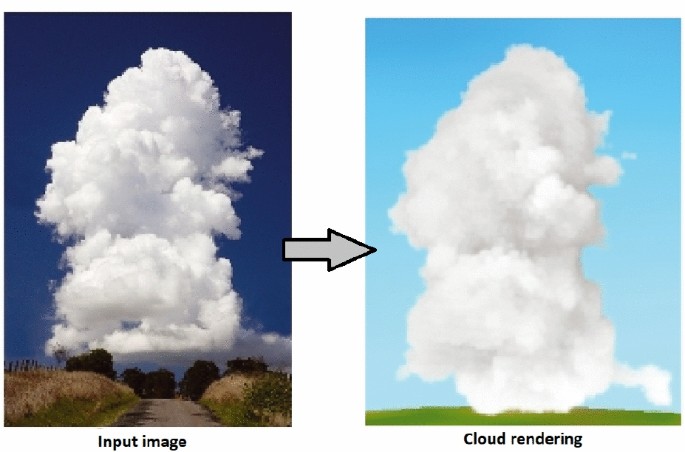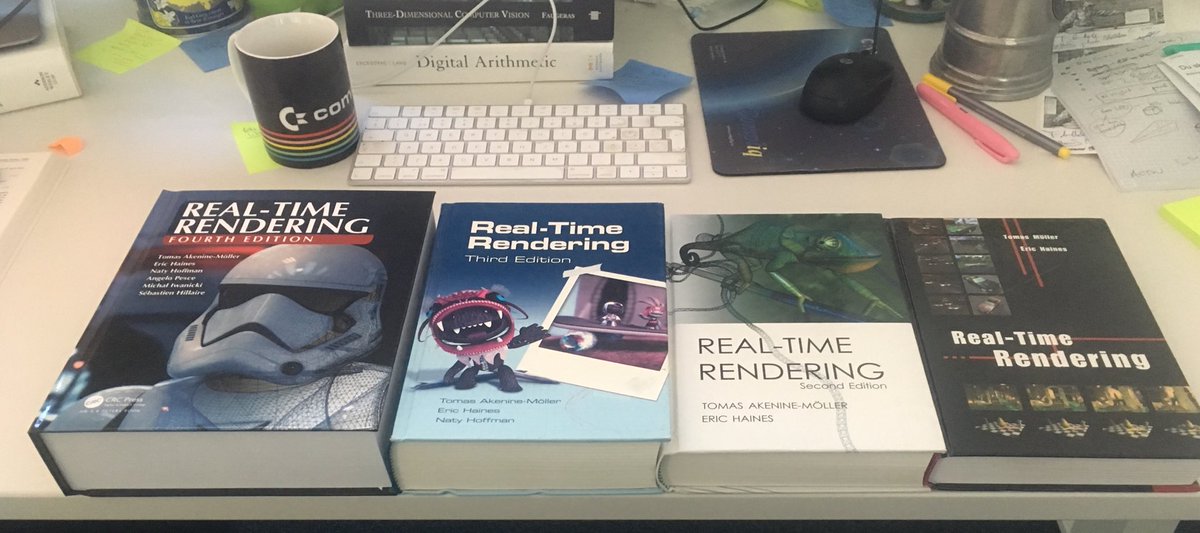

At each time when the virtual scene needs to be rendered, the renderer will alter and assemble those data dynamically without the need of fetching them from CPU main memory. With the support of hardware-accelerated geometry-instancing and pseudo-instancing techniques, multiple data of a character, including vertices, triangles, textures, skeletons, skinning weights, and animations, can be cached in the memory of a graphics processing unit (GPU). Some advanced methods allow developers to modify the shape proportion of duplications and then retarget rigs and animations to the modified meshes or synthesize new motions. To improve the diversity of character appearances in a crowd, a common method is duplicating a character’s mesh many times and then assigning each duplication with a different texture and a varied animation. Thus, in the production of video games, advanced crowd rendering technologies are needed in order to increase the rendering speed and reduce memory consumption while preserving the crowd’s visual fidelity.

Also, when storing them in memory, the required amount of memory may be beyond the storage capability of a graphic hardware. Rasterizing such massive amount of vertices and triangles into pixels is a high computational cost. As a result, the virtual scene may end up with a composition of millions of, or even hundreds of millions of, vertices and triangles.


To achieve a realistic visual approximation of the crowd, each character is usually tessellated with tessellation algorithms, which increases the character’s mesh complexity to a sufficient level, so that fine geometric details and smooth mesh deformations can be preserved in the virtual scene.
#REAL TIME RENDERING 3RD EDITION PUBLISHER SIMULATOR#
Movements of the crowd are usually programmed through a crowd simulator with given goals. In video games, thousands of computer-articulated polygonal characters with a variety of appearances can be generated to inhabit in a virtual scene like a village, a city, or a forest. IntroductionĬrowd rendering is an important form of visual effects. Our approach is able to render a large crowd composed of tens of thousands of animated instances in real time by managing each type of character data in a single buffer object. The experimental results show that our approach achieves better rendering performance and visual quality. We compare our approach with the existing crowd rendering techniques. Our system preserves the view-dependent visual appearance of individual character instances in the crowd and is executed with a fine-grained parallelization scheme. The character data, including vertices, triangles, vertex normals, texture coordinates, skeletons, and skinning weights, are stored as either buffer objects or textures in accordance with their access requirements at the rendering stage. We present a real-time crowd rendering system that efficiently manages multiple types of character data on the GPU and integrates seamlessly with level-of-detail and visibility culling techniques. Achieving the efficient rendering of a large animated crowd with realistic visual appearance is a challenging task when players interact with a complex game scene.


 0 kommentar(er)
0 kommentar(er)
